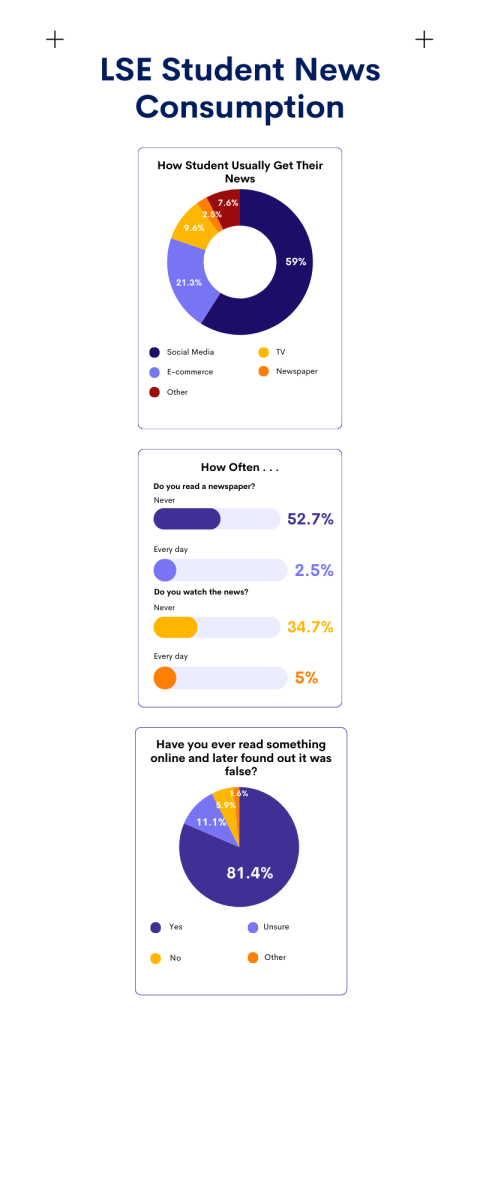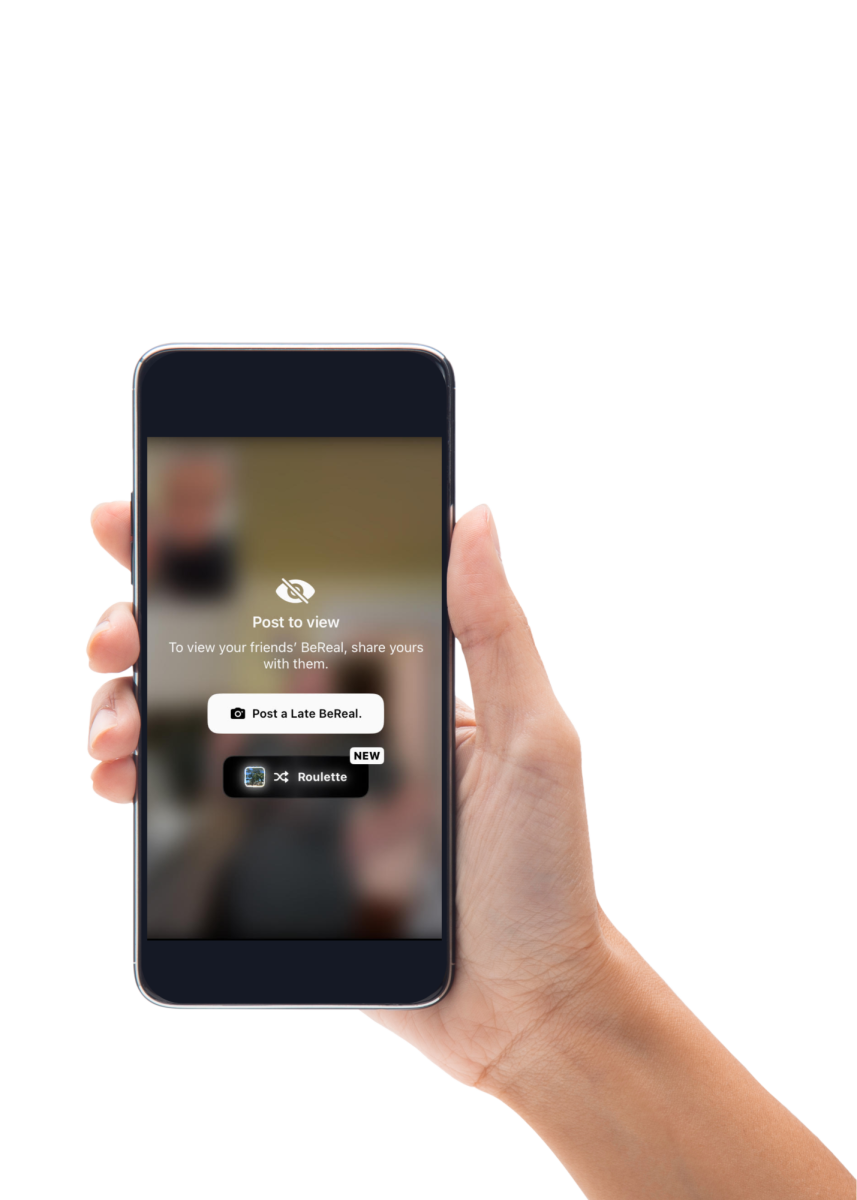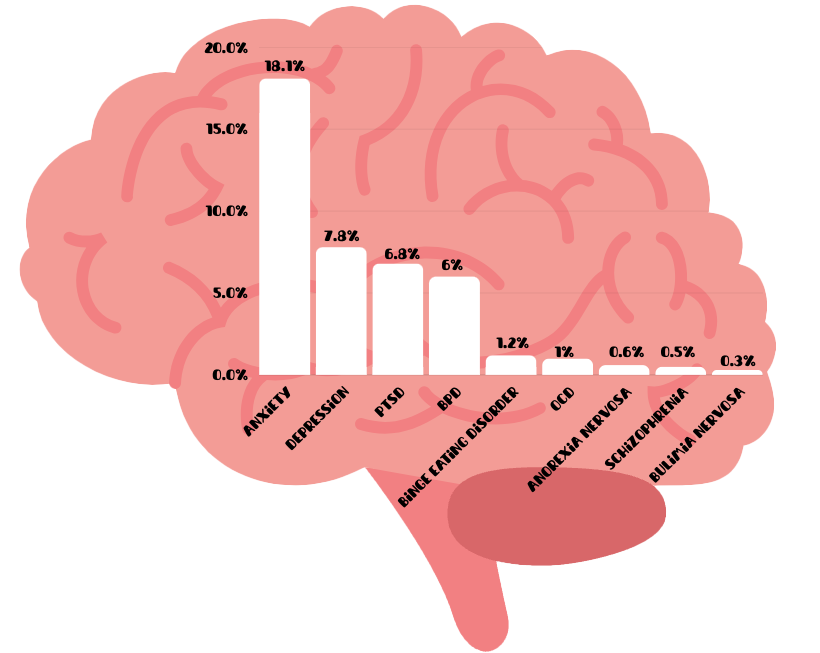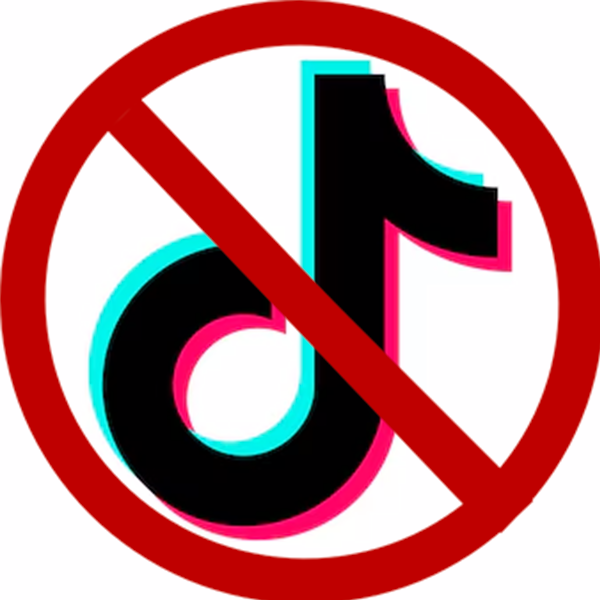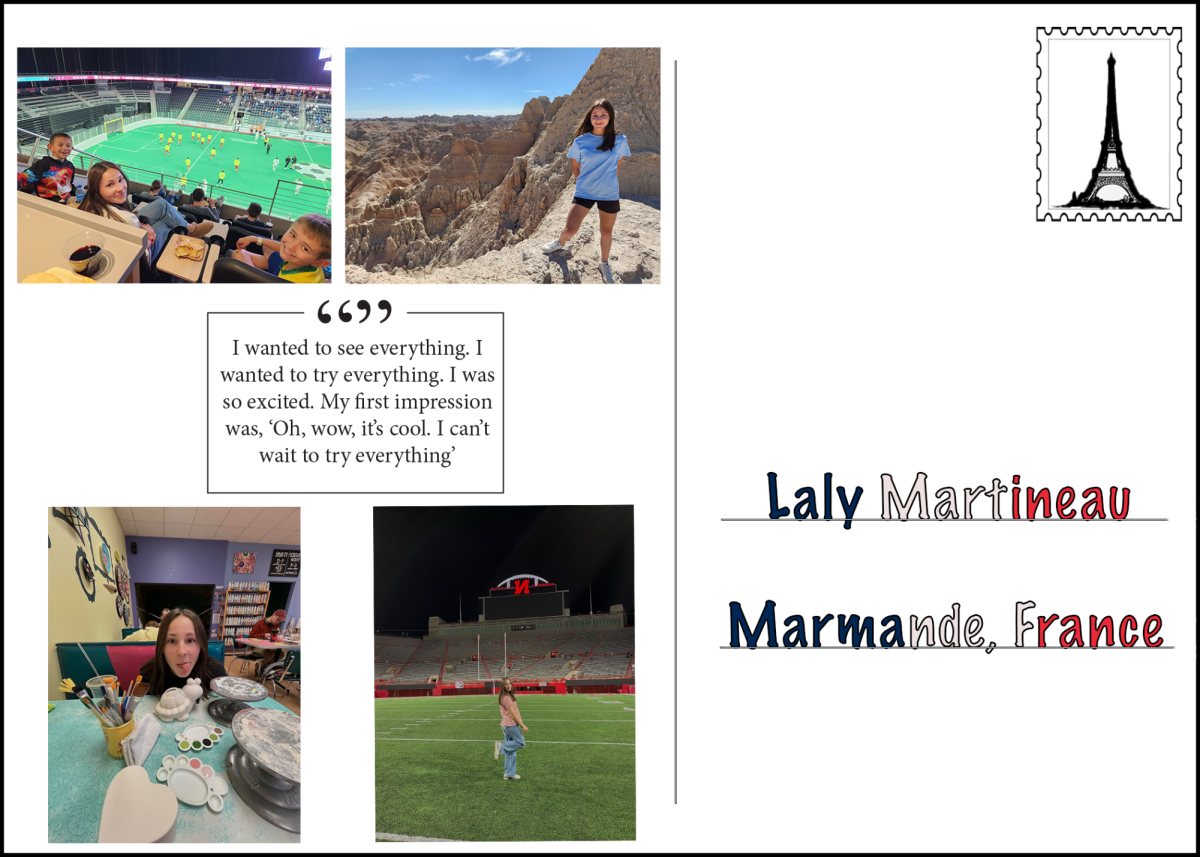I like to consider myself quite well-informed. I read the New York Times often, listen to NPR and watch the news on TV a few times a week, all to keep up with current events. I pride myself on being aware of the world around me, especially because I am a student journalist. Therefore, as was taken aback a few weeks ago when I was having lunch with my dad and I said something untrue when discussing the war in Gaza and its relation to Claudine Gay’s resignation as president of Harvard University.
It wasn’t a big deal, just a mixup of the events going on at the time, but I realized after that I didn’t know what was going on in Gaza. I’d heard about it on the news and skimmed some articles, but honestly, I’d mostly been seeing it on Instagram. I followed a lot of news outlets at the time, so videos and pictures concerning the conflict kept popping up on my feed every time I opened the app. I was getting more and more information about the events, but I wasn’t ever taking the time to process them. I would glance at a headline, maybe read the caption and then move on.
The whole point of the story is this: we teens get a lot of our news through social media, but we don’t really get the news. At least that’s what I’ve seen so far. Almost 60% of Southeast students (based on a representative poll of 236) get their news mainly from social media platforms like Instagram, TikTok, etc. Of those respondents, 53% never read a newspaper and 36% don’t really ever watch the news on TV. This may seem normal, and honestly it is, but that doesn’t mean it should be.
The Problem
The problem with this isn’t the form in which we get our news but how we process it. When you see a headline on Instagram, it catches your eye using buzzwords (most of the time). The caption may explain a little more, but to get the full story you have to access the link in bio, which takes time and is disruptive to your pattern of scrolling. Therefore, we don’t read more. That’s the issue.
There are two main reasons why it’s important to take time to actually read the news. First, it helps you understand what’s going on. If I had taken the time to read an article about the events in Gaza, read interviews from real people experiencing what was going on, heard statistics and overall processed it deeper, I would likely have remembered it better as well. Instead, since I processed a lot of information only a little bit, the facts got mixed up.
Second, accepting knowledge without taking time to actually think about it is the way misinformation and “fake news” spread so easily. Of the students surveyed, 82% said that they have read something online and later found it was false, 17% have reposted something on social media and later found it was false.
This has also happened to me, a few years ago, when I reposted something on Instagram – it probably caught my eye with some good buzzwords or an impactful message – but it was later flagged for misinformation.
The point is, we are all vulnerable when it comes to fake news, misinformation, news confusion, AI deep fakes and more. This is becoming even more important as the 2024 presidential race approaches and as we all get closer and closer to being able to vote. So what should we do to improve our news consumption?
The Solution
There are many steps that you can take to make sure that you are consuming news responsibly and healthily. While this might seem time-consuming, especially now that we are all used to simply glancing at headlines or seeing a 20-second TikTok about a major event and then moving on, they can be beneficial in the long run.
Step One: Actually reading. he first step to increasing your understanding of news is, of course, to actually take time to read it. This can mean doing the extra steps and clicking the link in bio when a headline catches your eye on Instagram, or visiting a reputable news site every few days to catch up on current events.
UNL Professor and former journalist Barney McCoy recommends finding reputable, relatively unbiased (not leaning left or right) news sources such as the Washington Post and the New York Times that you can refer to when concerning national news and also finding local news outlets focused on where you live – for us that could be the Lincoln Journal Star. Taking time to read stories that you hear about or see on social media is a general bottom line for improving news consumption. However, there are still other ways you can improve your media literacy.
Step Two: Limiting consumption. Over consuming news can be just as damaging as being misinformed. The phenomenon known as “news overload” doesn’t just overload our brains with information and therefore decreases our capacity to fully process what we’re reading, it can have psychological effects as well.
Overconsumption of news can lead to stress; according to BetterHelp, “reading news articles about distressing events can act as a trigger for negative emotions, such as anger, resentment or anxiety.” Compassion fatigue is also a potential ramification of constantly consuming news. Defined as “the emotional and physical exhaustion that sometimes afflicts people who are exposed to others’ trauma,” by psychologist Charles Figley, compassion fatigue is mainly studied through the lens of those who work in caregiving positions such as health care or social workers. However, it can occur when a person is constantly exposed to upsetting and traumatic events in the news, such as wars, school shootings or any other form of violence.
Decreasing the amount of news we consume can help with our mindfulness and decrease stress. Instead of following news outlets on social media and getting constant updates there, consider unfollowing and instead intentionally taking time to visit websites, read physical papers or watch TV a few times a week to decrease the barrage of headlines coming your way.
Step Three: Varying where you read the news. The idea of “confirmation bias” in psychology demonstrates that we actively seek out information that supports our preconceptions. We do this in social settings; if you’re upset about something that happened during your day, it’s normal to want the people you tell about it to be on your side and support how you feel about the situation. But it’s also prevalent online.
Our social media caters to things we like and agree with through algorithms based on what we like and who we follow. While this is totally fine for casual scrolling, it can be dangerous if you rely on social media for news. Only seeing one perspective can harm our true understanding of news. Even if you are getting your news from websites or TV instead of social media, it’s important to look at other perspectives from time to time. This is difficult for me too. I generally gravitate to news outlets that provide information that aligns with my views. As I was writing this story I had to intentionally read unbiased studies on this subject, even though it seems easier to just Google “bad effects of social media and news.”
Step Four: Checking multiple sources. “Everyone should always be skeptical.” Professor McCoy encourages everyone to “look at different sources” when consuming news, especially if it’s particularly important to you or you want to share it. McCoy shared an example of his use of independently verifying his information when he first heard about the Kansas City shooting a few weeks ago. He said that he went first to a news outlet that he trusted – The Kansas City Star – and then followed the trail of information based on what sources the Star was citing, including the police department and the Governor of Kansas.
This is increasingly important, McCoy says, on social media and reposts. McCoy says that reposting information on social media is where “we can be most manipulated if someone is going to try to intentionally misinform us.” Therefore, it’s also important to be mindful of things you see reposted, even if your friend or family is the one reposting it! This method of course isn’t always necessary when concerning trivial information, but when it is a massive event that is on a national scale it is highly recommended to check multiple sources.
Step Five: Misinformation. (false information) and disinformation (intentionally misleading and false information) have strong platforms online, where it isn’t necessary for something to be vetted or fact-checked before it is published. When a person is relying on mostly online sources, and especially social media, for their news, they are at risk for receiving false information. This can be combated in many ways, such as checking multiple sources as McCoy does. However, it is also important to be self-reflective when processing impactful information that we aren’t sure is true.
Rosemary Smith, managing director at the Getting Better Foundation (an organization focused on promoting and teaching media literacy) says it’s important to think about how you are processing information as you are processing it.
News is supposed to spark our empathy, Smith says. “When we trigger empathy we gain somebody’s life story and we can consider other perspectives.” But, “even if some kind of news resonates with us,” Smith says, “then we also have to think, ‘Why is this resonating with me?’ […] Instead of immediately sharing it because we like what it says, we should vet it.” Misinformation can be spread well through seemingly heartfelt stories because they touch our hearts, and that’s why it’s so important to be vigilant.
Conclusion
Media literacy and taking time to intentionally read and receive news takes time, so, understandably, most of us don’t practice it regularly. But it is increasingly important as technology continues to grow, improve and change our lives for better or for worse. Social media is fine for surface-level consumption of news, but if we as a generation want to improve our true understanding of the world, we also must improve our understanding of our news. The difference of being “an upstander instead of a bystander” in the news world, as Smith says, is key in this day and age.

